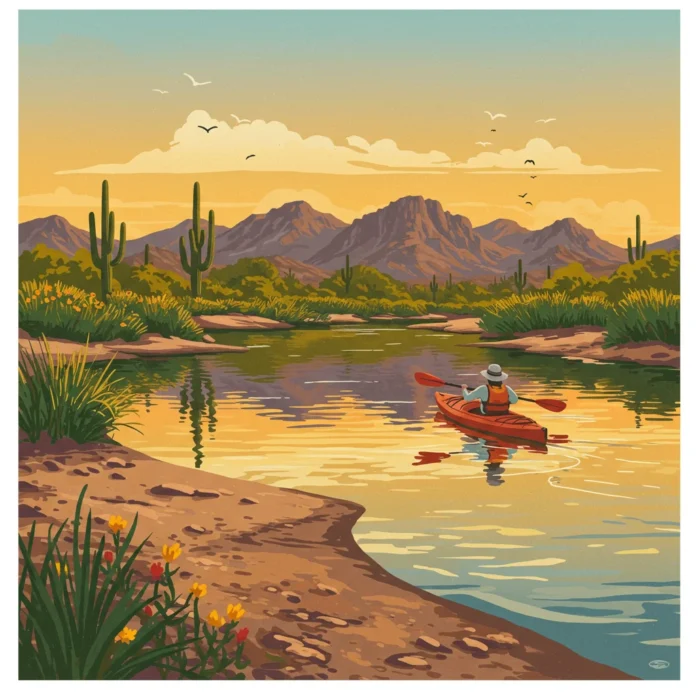Introduction: Discovering the Salt River’s Desert Oasis
The Salt River offers a rare opportunity to experience tranquil currents and lush riverbanks in the heart of the Sonoran Desert. As we set out on the water, the striking contrast between the cool, flowing river and the surrounding arid landscape creates a unique sense of place. The river’s gentle bends reveal scenic vistas, wildlife, and glimpses into Arizona’s rich history.
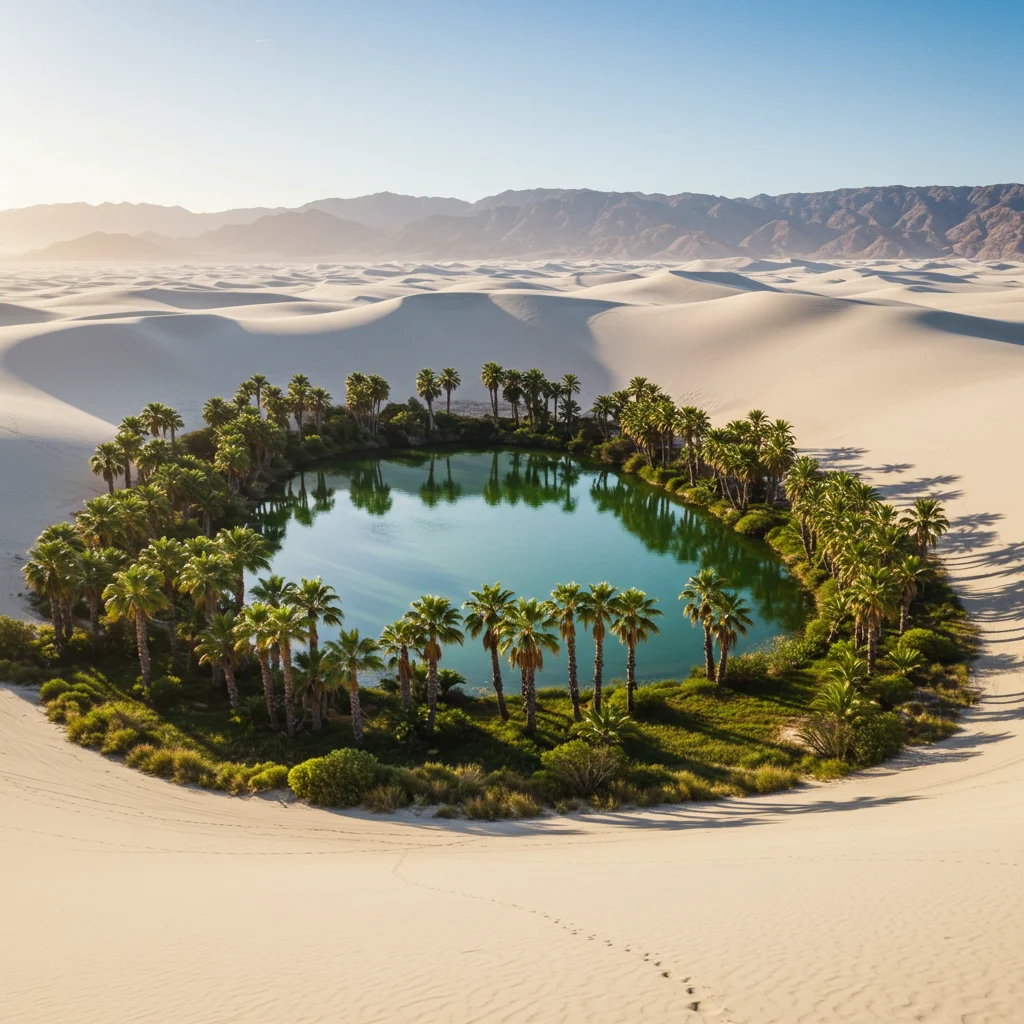
For those seeking a peaceful escape or a new way to appreciate the desert’s beauty, kayaking the Salt River stands out. Whether you are a seasoned paddler or a first-time visitor, the experience offers something memorable for everyone.
Why Kayak the Salt River?
Kayaking on the Salt River provides a refreshing way to experience the Arizona desert. The calm waters and scenic surroundings make it accessible to paddlers of all skill levels. It’s not just about the physical activity; it’s about connecting with nature and enjoying the region’s unique charm.
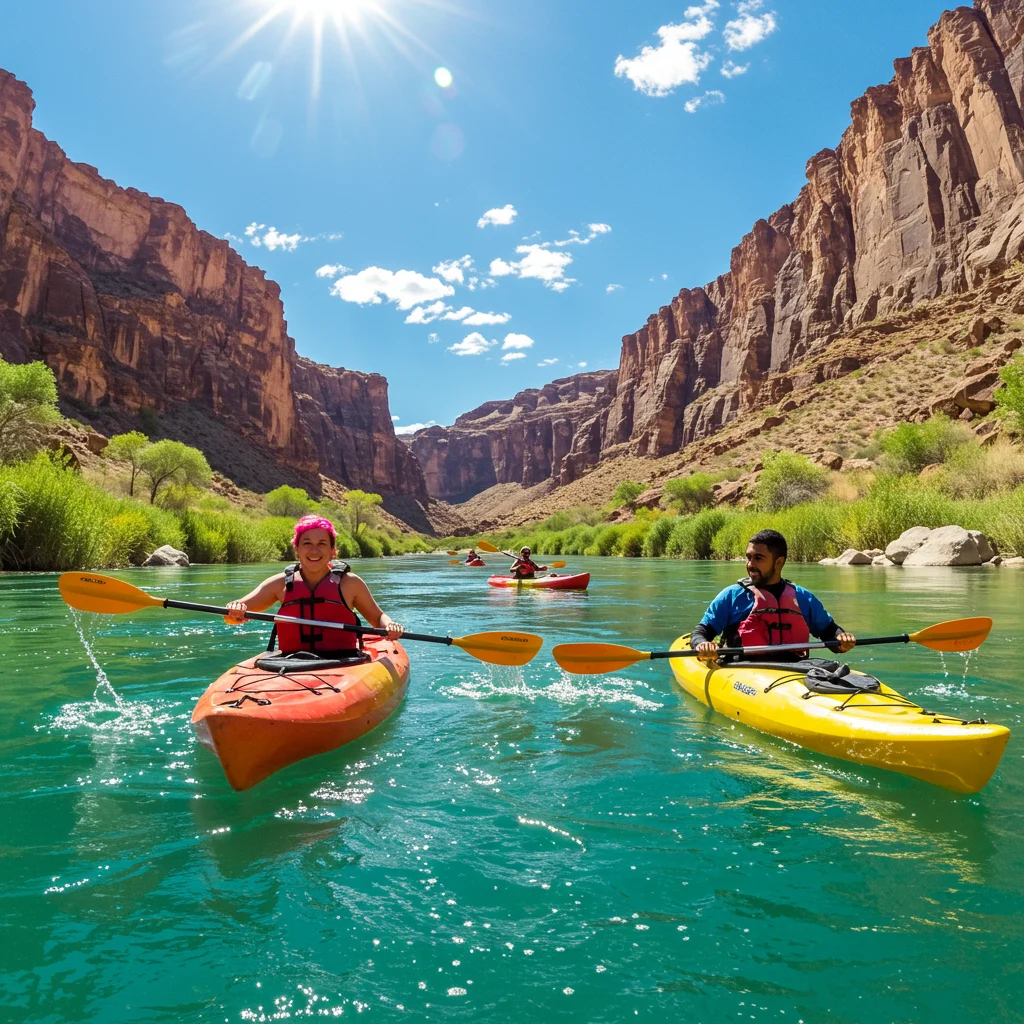
Many visitors find that a day on the Salt River is both relaxing and invigorating. The river’s pace allows for quiet reflection, wildlife observation, and a break from the city’s bustle.
What Makes the Salt River Unique Among Desert Rivers?
Unlike many arid-region rivers that run dry or offer little access, the Salt River flows year-round thanks to upstream dams and snowmelt from the mountains. Its consistent water levels support a thriving ecosystem and provide reliable conditions for kayaking.
The Salt River’s clarity and gentle currents are rare in the desert. This creates an inviting environment for both beginners and experienced kayakers, setting it apart from other regional waterways.
The Salt River’s Role in Arizona’s Ecosystem
The Salt River serves as a lifeline for the desert’s wildlife and plant communities. Its waters sustain cottonwood and willow trees, provide habitat for fish and birds, and support iconic species such as the wild horses of the lower river.
By maintaining a healthy riparian corridor, the Salt River helps balance the needs of urban areas with the preservation of natural habitats. This balance is crucial for the region’s long-term environmental health.
A Brief History of the Salt River
The Salt River holds centuries of human and natural history. From its earliest days as a resource for Indigenous peoples to its current role as a recreational destination, the river’s story is intertwined with Arizona’s development.
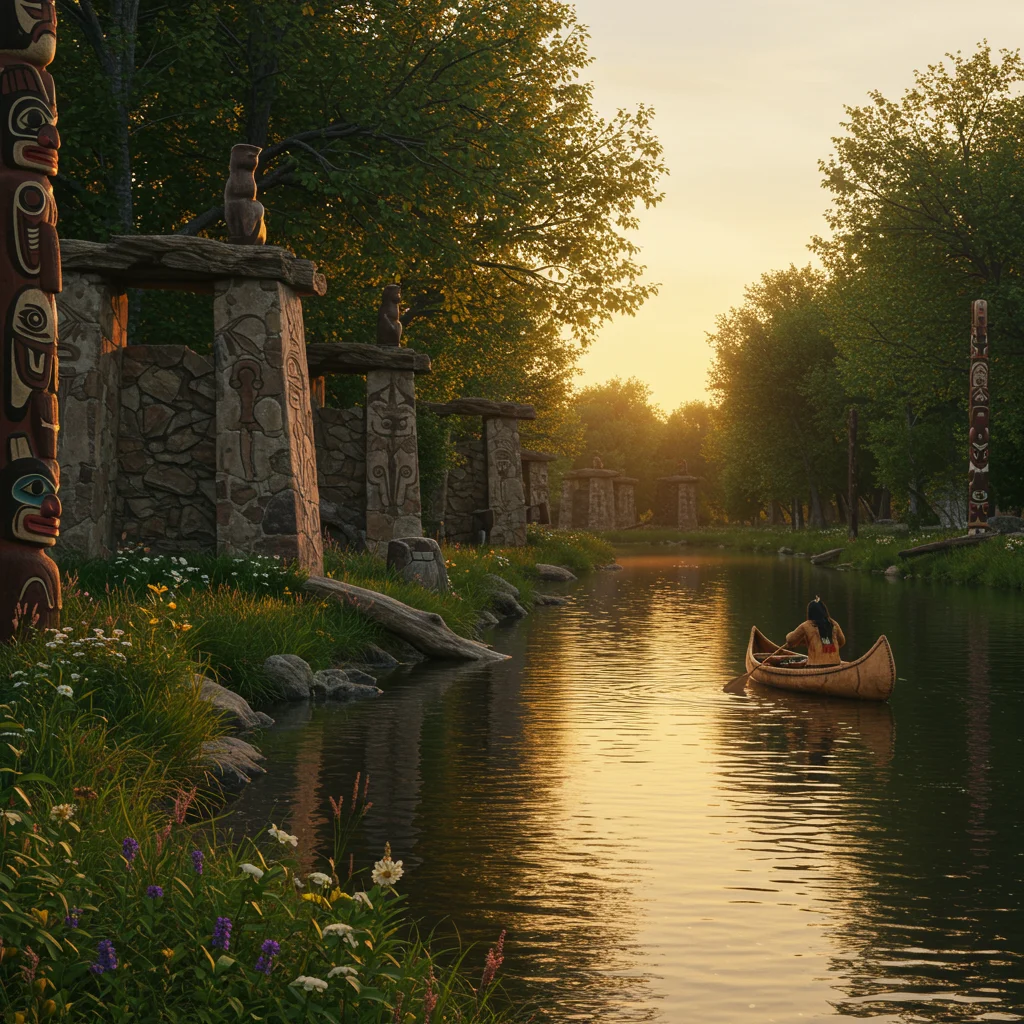
Understanding the river’s past enriches the experience of paddling its waters today.
Indigenous Heritage and Cultural Significance
Long before modern settlements, the Salt River nourished the Hohokam people and later the O’odham and Piipaash tribes. They developed extensive irrigation systems, shaping the land and making agriculture possible in the desert.
Today, the river remains culturally significant for local Indigenous communities. Respecting this heritage adds depth to any visit along its banks.
Salt River’s Transformation Over Time
In the late 19th and early 20th centuries, the construction of dams transformed the Salt River. These changes regulated water flow, reduced flooding, and allowed for the growth of Phoenix and surrounding areas.
The river’s modern form reflects a balance between human needs and natural processes. Its managed waters now serve recreation, habitat, and agriculture alike.
Planning Your Salt River Kayaking Adventure
Preparation is key to making the most of a kayaking trip on the Salt River. From timing your visit to understanding regulations, a little planning goes a long way toward a safe and enjoyable day on the water.
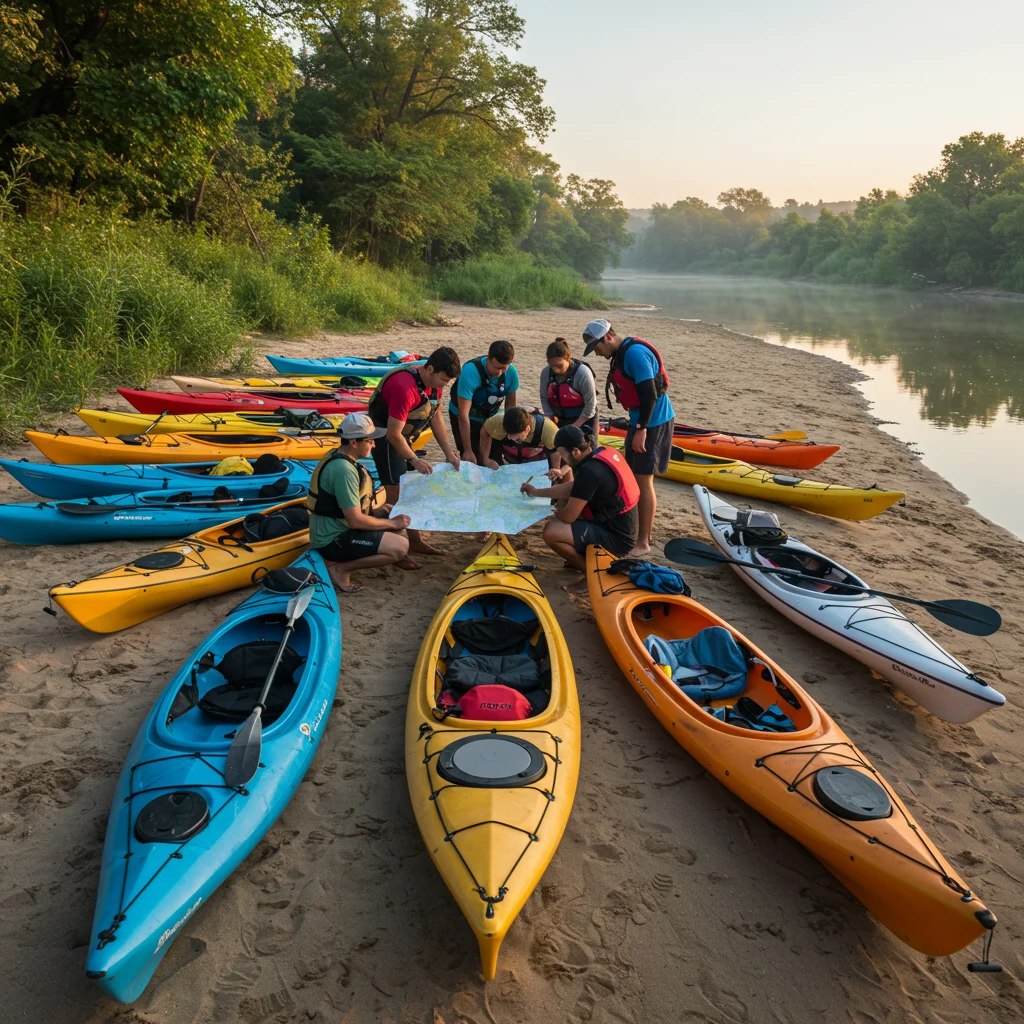
We recommend considering season, access, and logistics before setting out.
When Is the Best Time to Kayak the Salt River?
Timing can make a significant difference in your kayaking experience. The Salt River’s character changes with the seasons, as do the opportunities for wildlife viewing and comfort on the water.
Let’s review how seasonal factors influence river conditions and what you can expect throughout the year.
Seasonal Water Levels and Weather Conditions
Spring and early summer typically offer the most reliable water levels, thanks to snowmelt from the mountains. During these months, the river flows steadily, and temperatures are moderate.
By late summer, monsoon rains can cause fluctuations, while winter brings cooler weather. Always check current conditions before heading out, as river flows and weather can change quickly.
Wildlife Watching Seasons
Spring and early summer are prime times for wildlife sightings along the Salt River. Migratory birds return, and many animals are more active.
In late summer, you might spot young wild horses or catch glimpses of otters and beavers. Each season brings its own highlights for nature enthusiasts.
How to Get There: Directions and Access Points
The Salt River is easily accessible from the Phoenix metropolitan area. Most paddlers enter the river east of Mesa, where several recreation sites offer parking and launch points.
Popular access areas include Water Users, Pebble Beach, and Blue Point. Each site has its own amenities, so review maps and parking details before you go.
Permits, Fees, and Regulations
To kayak the Salt River, you’ll need a Tonto National Forest day-use pass, available online or at local retailers. Some access points also require parking fees.
Be sure to follow posted regulations regarding river use, wildlife protection, and waste disposal. These rules help preserve the area for future visitors.
Choosing Your Kayaking Route
The Salt River offers several distinct paddling sections, each with its own character. Whether you seek excitement or tranquility, there’s a route suited to your interests and abilities.
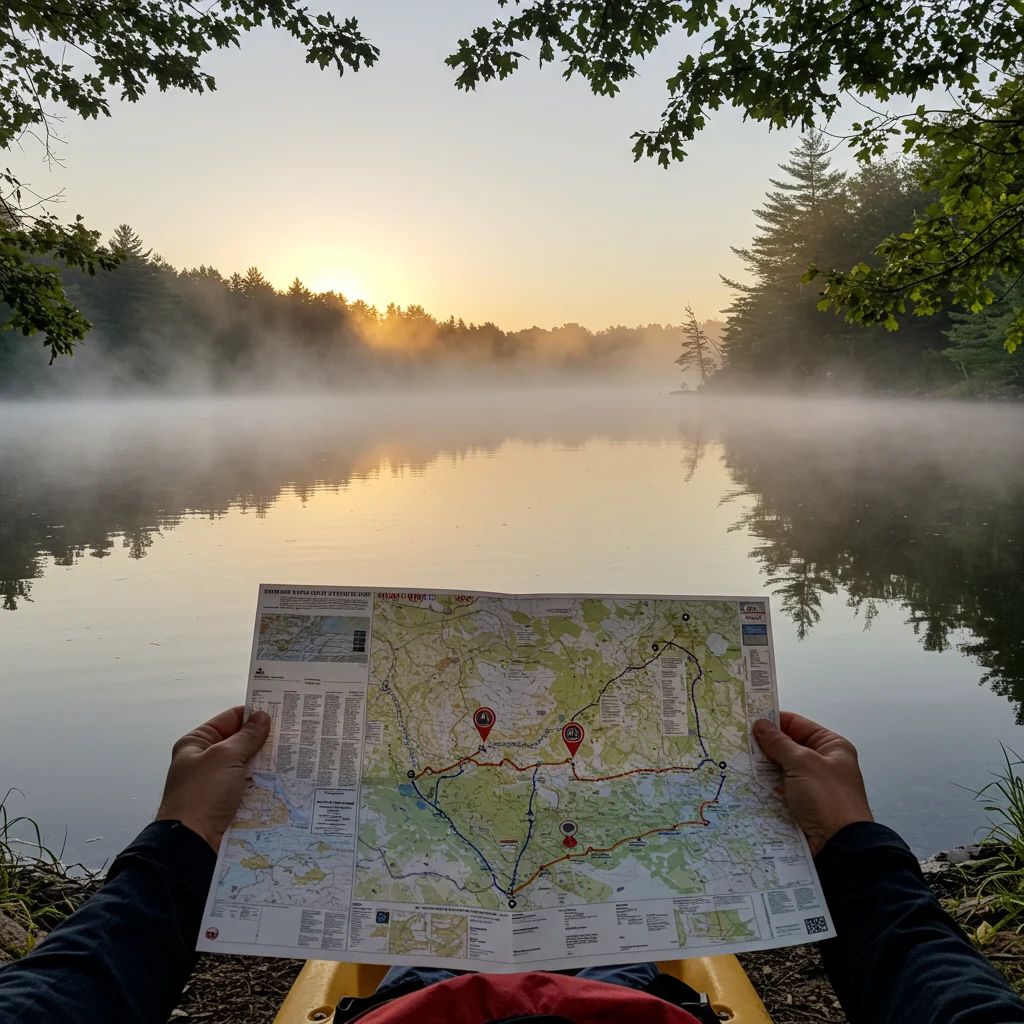
We’ll highlight the most popular stretches and help you choose the right one for your outing.
Popular Salt River Kayaking Sections
Two main river sections stand out for kayakers: the Upper Salt River and the Lower Salt River. Each offers a different experience, from whitewater rapids to gentle, scenic floats.
Understanding the features of each section will help you plan a trip that matches your goals.
Upper Salt River: Rapids and Thrills
The Upper Salt River is known for its exciting rapids and rugged canyon scenery. This stretch is best suited for experienced paddlers or those joining guided rafting tours.
Rapids range from Class II to Class IV, depending on water levels. Springtime, when snowmelt is at its peak, is the ideal season for this adrenaline-filled adventure.
Lower Salt River: Serene Currents and Scenic Views
For those seeking a more relaxed experience, the Lower Salt River provides gentle currents and breathtaking desert vistas. This section is perfect for beginners, families, and anyone interested in wildlife watching.
The Lower Salt River winds through lush riverbanks, with multiple easy access points and plenty of places to pause for photos or a picnic.
Which Route is Right for You?
Your choice of route depends on your skill level, interests, and the type of experience you want. The Upper Salt River is ideal for adventure seekers who are comfortable with swift water and technical paddling.
The Lower Salt River, on the other hand, is a favorite for those who prefer a leisurely day surrounded by nature. If you’re traveling with children or new to kayaking, the lower section’s calm waters are an excellent choice.
Kayak Rentals and Guided Tours
Not everyone owns a kayak or has the expertise to paddle unfamiliar waters. Fortunately, several local businesses offer rental services and guided tours along the Salt River.
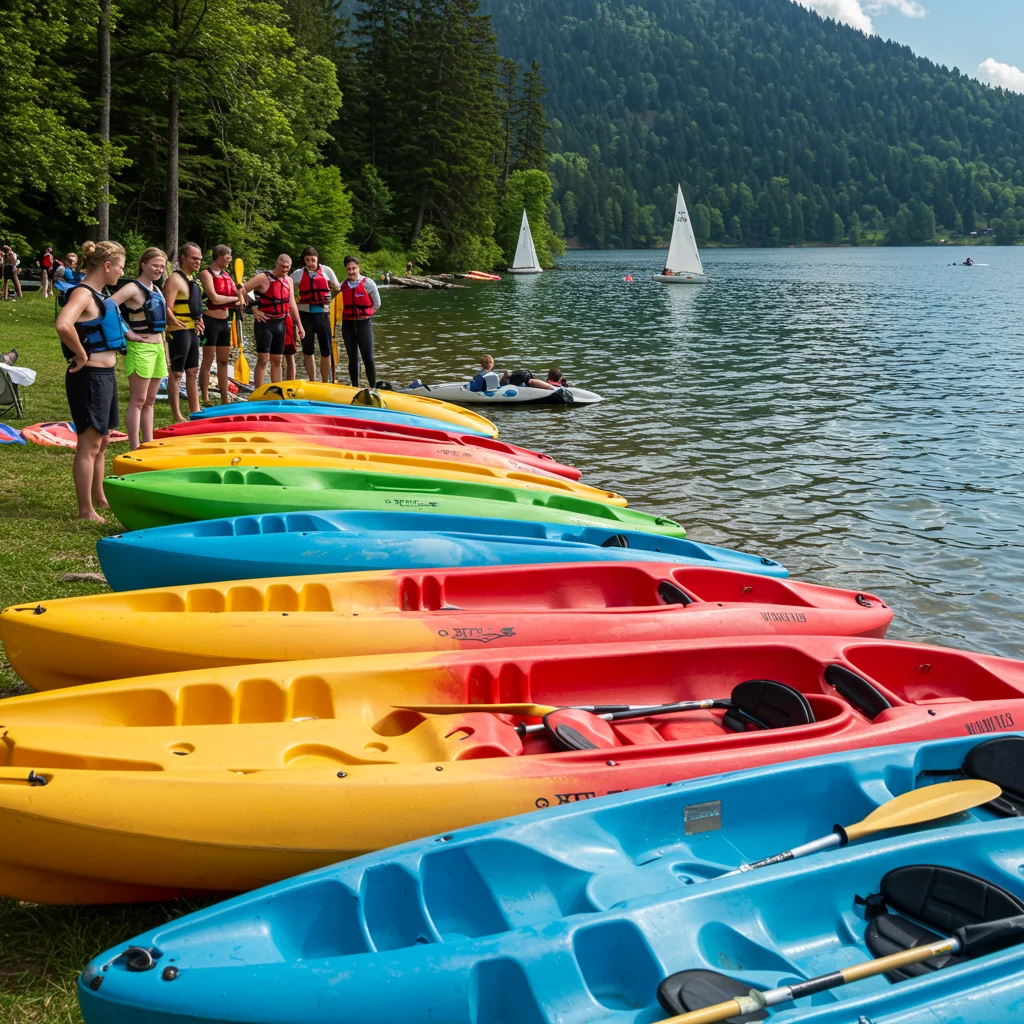
Choosing between self-guided and guided options depends on your preferences and comfort level on the water.
Top Kayak Rental Companies Near Salt River
Several reputable companies operate near the Salt River, providing a range of kayaks, gear, and shuttle services. They offer single and tandem kayaks, as well as stand-up paddleboards for those looking for a different perspective.
Rental providers typically include life jackets and basic safety instructions. Some also offer transportation back to your starting point, making logistics easy.
What to Expect from a Guided Kayak Tour?
Guided tours are led by experienced river guides who share insights about the area’s history, wildlife, and geology. These tours are an excellent choice for beginners or anyone who wants a deeper understanding of the Salt River’s significance.
Group sizes vary, but most tours maintain a relaxed pace, allowing time for wildlife viewing and photography. Some guides offer themed trips, such as birdwatching or sunset paddles.
Self-Guided vs. Guided: Which Should You Choose?
If you’re comfortable planning your route and handling your gear, a self-guided trip offers flexibility and independence. However, guided tours can enhance your experience, especially if you’re new to kayaking or unfamiliar with desert rivers.
Both options provide access to stunning scenery and wildlife. Consider your group’s experience level and interests when making your decision.
Essential Gear for Kayaking the Salt River
Proper equipment is vital for both safety and comfort on the Salt River. From kayak selection to sun protection, having the right gear ensures a smooth and enjoyable outing.
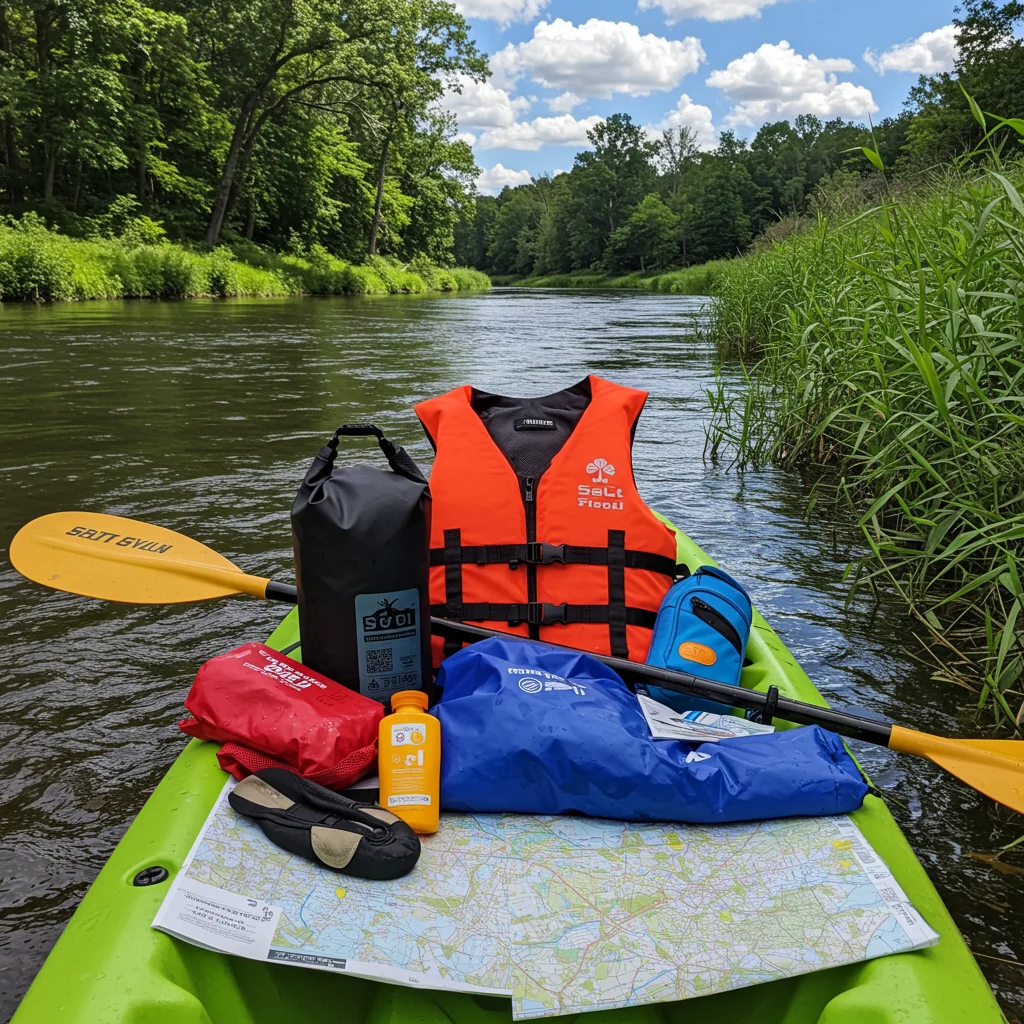
We recommend preparing a checklist before you pack for your trip.
Kayak Types: Which is Best for the Salt River?
For most paddlers, sit-on-top kayaks are ideal for the Salt River, especially in the lower sections. They are stable, easy to enter and exit, and well-suited for warm weather.
If you plan to tackle the rapids of the Upper Salt River, a whitewater kayak with a spray skirt is necessary. Tandem kayaks are also available for families or pairs.
Must-Have Safety Equipment
Every paddler should wear a properly fitted life jacket at all times. Helmets are recommended for whitewater sections or rocky areas.
Additional safety items include a whistle, throw rope, and waterproof first aid kit. It’s wise to carry a dry bag for valuables and emergency supplies.
Recommended Clothing and Sun Protection
Lightweight, quick-drying clothing is best for desert kayaking. Long sleeves and pants offer extra protection from the sun.
Don’t forget a wide-brimmed hat, sunglasses with a strap, and reef-safe sunscreen. Water shoes or sandals with straps provide traction and protect your feet while wading.
Packing List for a Day on the Water
Along with your kayak and safety gear, pack plenty of water, high-energy snacks, and a map or GPS device. A small towel, camera, and insect repellent are also useful.
Double-check your list before leaving home to avoid forgetting essentials. Preparation is key to a successful day on the river.
Safety Tips for Desert Kayaking
Desert environments require special attention to safety. The combination of sun, heat, and moving water presents unique challenges for kayakers on the Salt River.
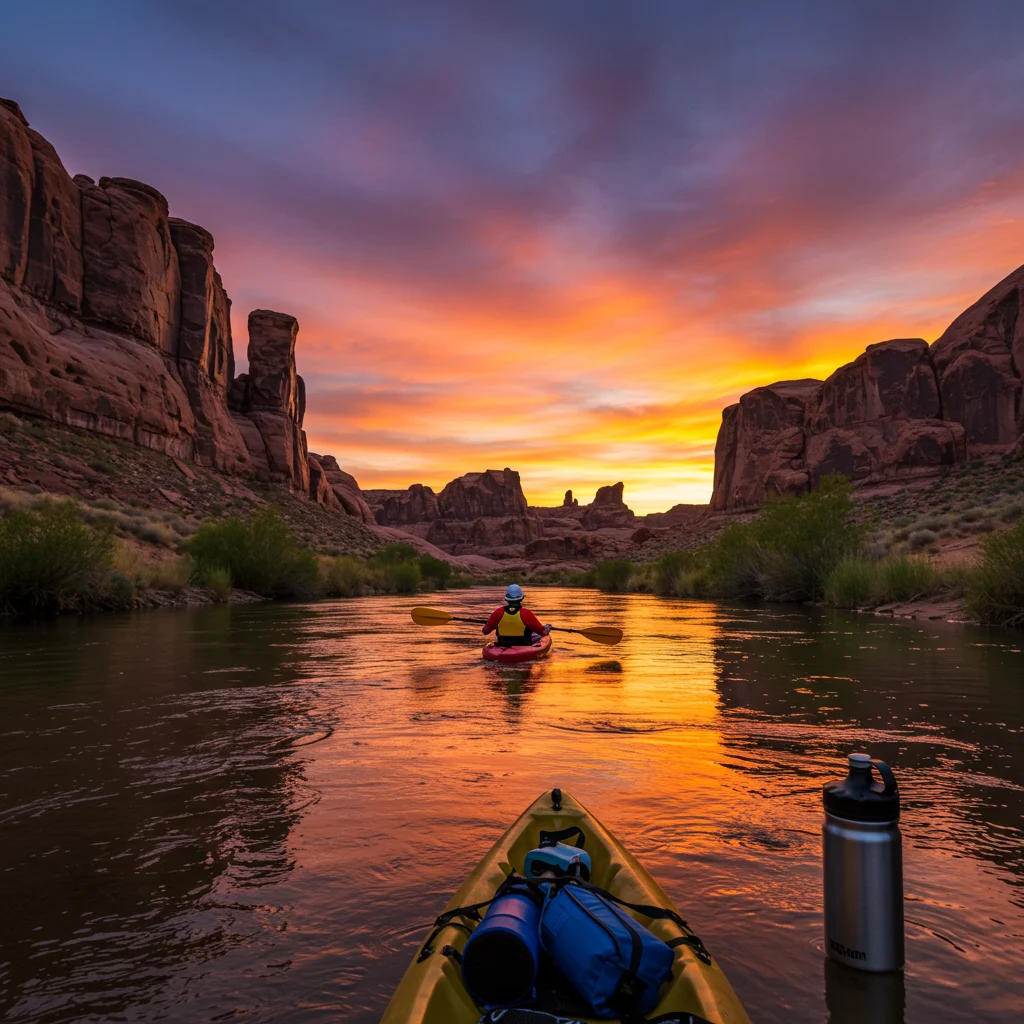
By following a few straightforward precautions, you can reduce risks and focus on enjoying your adventure.
How to Stay Safe in the Arizona Sun
The Arizona sun is intense, especially from late spring through early fall. Hydration is critical, so drink water regularly even if you don’t feel thirsty.
Take frequent breaks in shaded areas if possible, and avoid paddling during peak afternoon hours. Reapply sunscreen throughout the day to prevent sunburn.
Dealing with Desert Wildlife Encounters
Wildlife sightings are a highlight of kayaking the Salt River, but it’s important to observe from a distance. Wild horses, birds, and reptiles are best admired without interference.
If you encounter snakes or other potentially dangerous animals, remain calm and give them space. Never attempt to feed or approach wildlife.
Understanding River Hazards and Currents
Even in calm sections, the Salt River has hidden hazards such as submerged rocks, swift currents, and strainers (obstacles that allow water to pass through but can trap objects). Stay alert and paddle within your comfort zone.
Before you set out, review current river conditions and check for any safety advisories. When in doubt, consult with local experts or rental companies.
Emergency Preparedness: What to Do If Something Goes Wrong?
Carry a whistle or signaling device to attract attention in case of emergency. It’s wise to paddle with a partner and let someone know your planned route and return time.
If you capsize, stay with your kayak if possible and move to shore. Cell phone service may be limited, so a basic understanding of first aid and river rescue techniques is helpful.
Wildlife and Scenery: What Will You See?
The Salt River’s lush banks and clear waters attract an impressive variety of wildlife. As we paddle, it’s common to spot wild horses, birds, and the vibrant vegetation that thrives along the river’s edge.
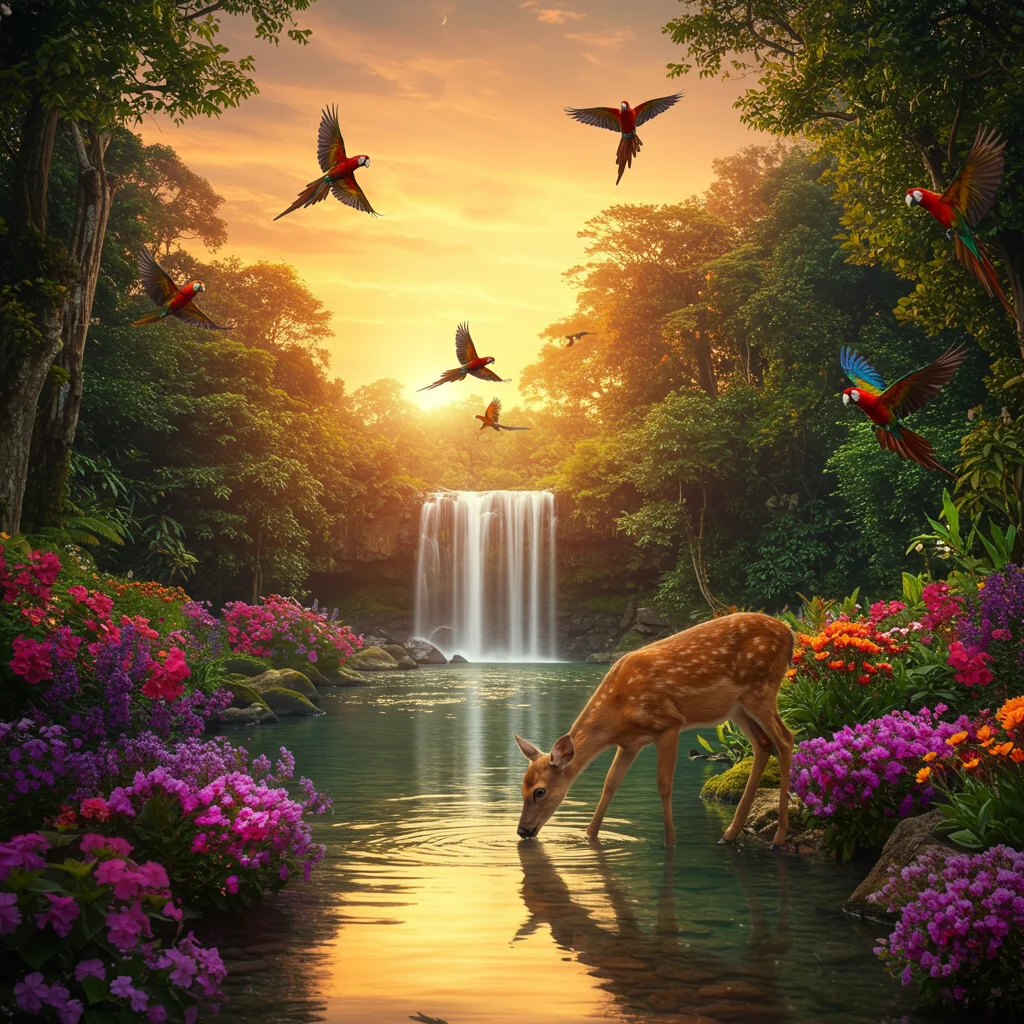
Each trip brings new sights, making every visit unique.
Spotting Wild Horses Along the Salt River
One of the Salt River’s signature experiences is seeing the famous wild horses that graze along its banks. These horses are descendants of animals brought by Spanish explorers and have adapted to the desert environment.
Early mornings and late afternoons are the best times to glimpse these majestic creatures as they come to the water to drink.
Birdwatching: Which Species Can You Find?
The Salt River corridor supports an impressive array of birdlife. Look for great blue herons, bald eagles, osprey, and a variety of songbirds along the water’s edge.
Bring binoculars and a field guide to enhance your birdwatching experience. The river’s diverse habitats attract both resident and migratory species year-round.
Desert Flora and Riverbank Plants
Cottonwood and willow trees line the riverbanks, providing shade and habitat for wildlife. Cacti, mesquite, and other desert-adapted plants add color and texture to the scenery.
Take time to appreciate the contrast between the lush riparian zone and the surrounding desert landscape. These plants play a vital role in stabilizing banks and maintaining the river’s ecological health.
Photography Tips for Capturing the Salt River’s Beauty
The Salt River offers endless opportunities for stunning photos. From dramatic canyon walls to intimate wildlife shots, each bend in the river presents a new perspective.
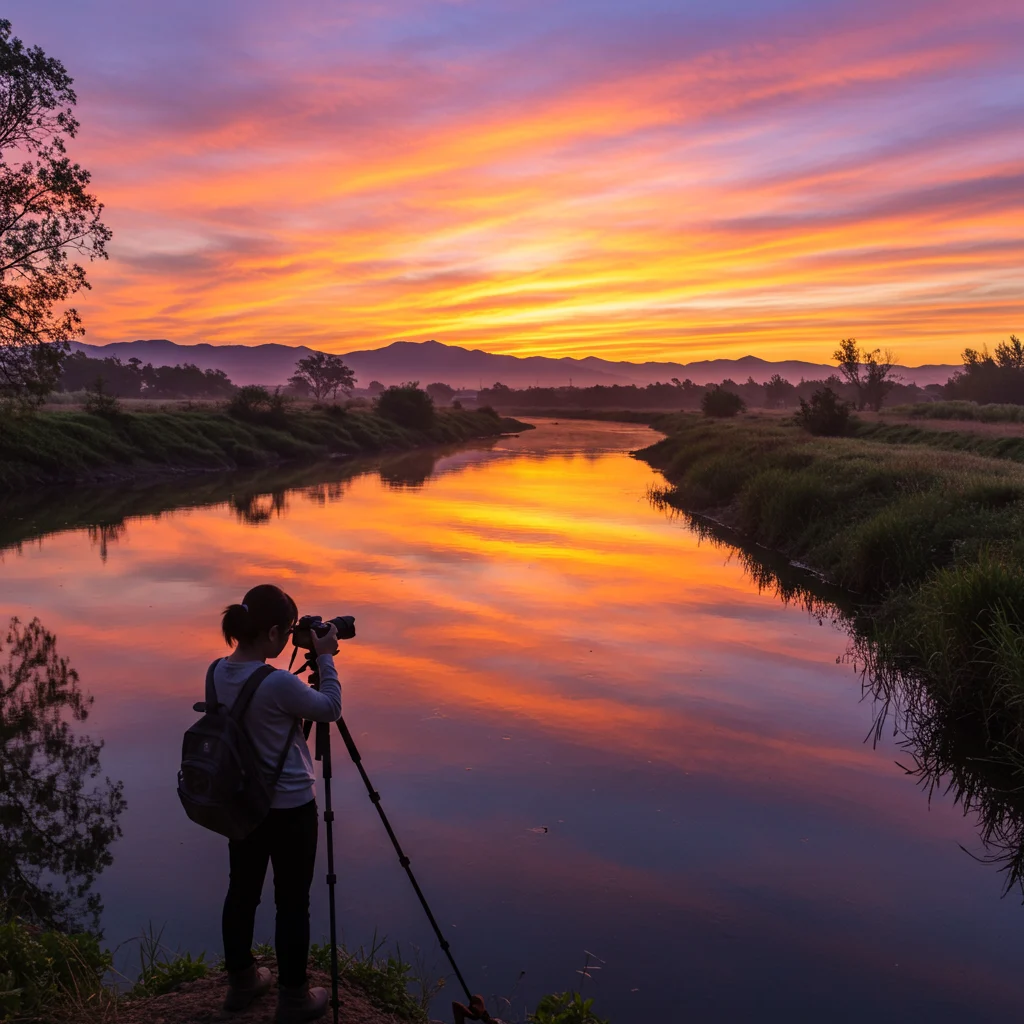
With a few simple techniques, you can bring home memorable images from your kayaking adventure.
Best Times and Places for Photos
Golden hour—shortly after sunrise or before sunset—provides the best lighting for landscape and wildlife photography. Reflections on the water and soft, angled light create dramatic effects.
Popular photo spots include the Blue Point Bridge and Saguaro Lake, where the river’s surroundings are especially picturesque. Don’t hesitate to pause and capture the moment when inspiration strikes.
How to Protect Your Gear While Kayaking
Water and electronics don’t mix, so use a waterproof dry bag or case for your camera and phone. Consider a floating strap to prevent accidental loss.
Wipe your lens frequently to avoid water spots, and keep spare batteries in a sealed container. Prioritize safety over photography by stowing gear before navigating any challenging sections.
Eco-Friendly Kayaking: Leave No Trace Principles
As visitors to the Salt River, we all share responsibility for preserving its natural beauty. Practicing Leave No Trace principles helps protect the area’s fragile ecosystems for future generations.
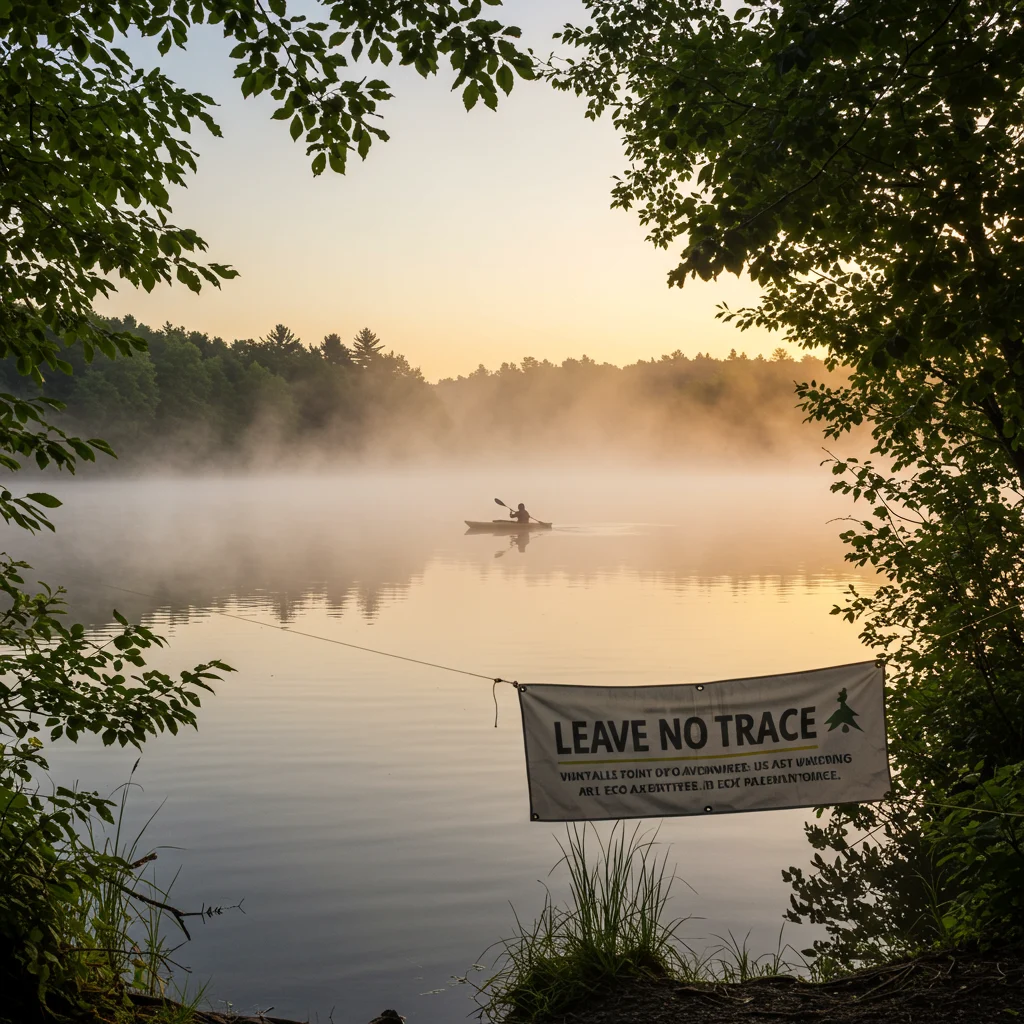
Simple actions can make a significant difference in minimizing our impact on the river environment.
How Can You Minimize Your Impact?
Pack out all trash, including food wrappers and beverage containers. Avoid disturbing plants, animals, and cultural sites along the riverbanks.
Use established launch points and trails to prevent erosion. If you need to relieve yourself, follow proper waste disposal guidelines to keep the river clean.
Responsible Wildlife Viewing Guidelines
Observe wildlife quietly and from a distance. Avoid making loud noises or sudden movements that could startle animals.
Never feed wildlife, as this can disrupt natural behaviors and harm their health. Share the river respectfully with other paddlers, anglers, and visitors.
Beyond Kayaking: Other Activities Along the Salt River
The Salt River region offers more than just kayaking. After a day on the water, you can enjoy a range of other outdoor activities, from tubing and paddleboarding to fishing and hiking.
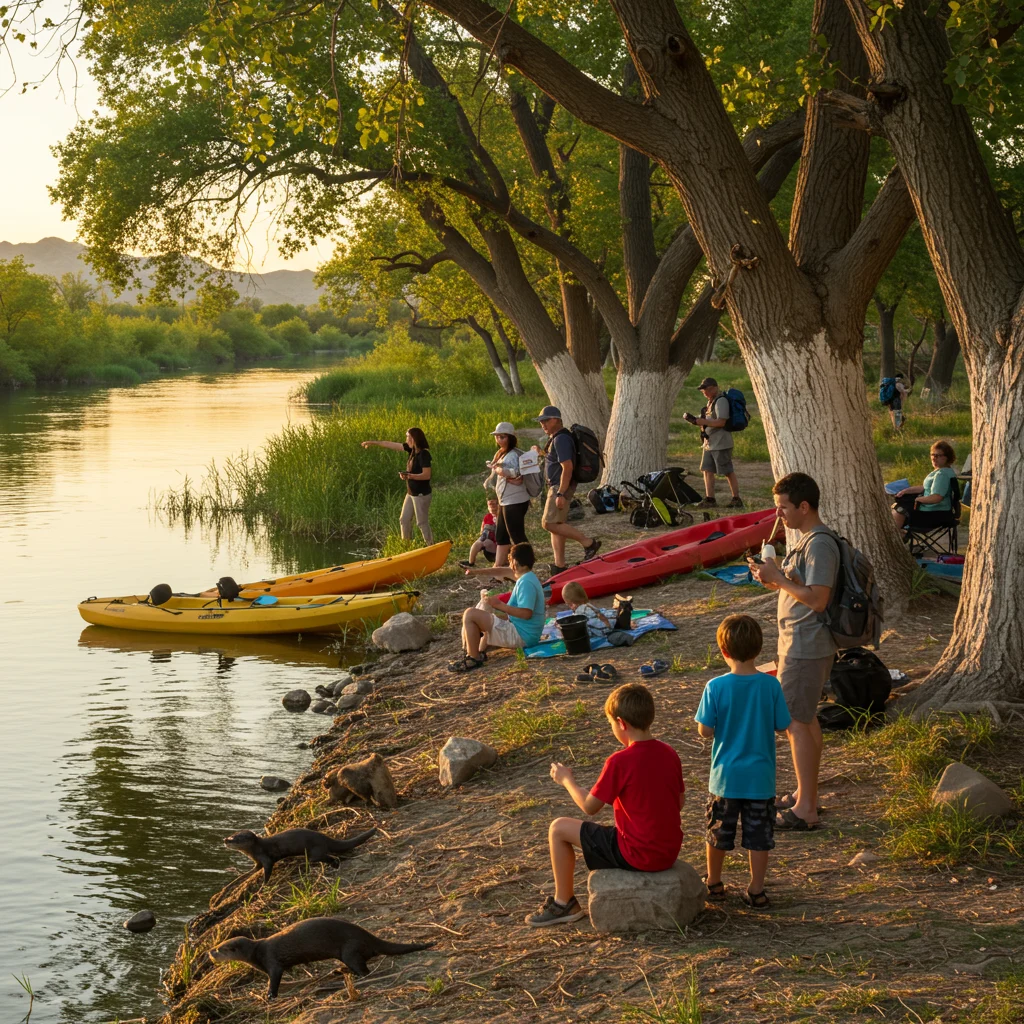
For those interested in power sports, you might be inspired by our post on ATV riding near you, which explores additional ways to experience the outdoors.
Tubing, Paddleboarding, and Fishing
River tubing is a popular way to float downstream at a leisurely pace. Rental companies provide tubes and shuttle service during the summer months.
Stand-up paddleboarding offers a different perspective and a core workout, while anglers will find opportunities to catch bass, catfish, and sunfish along the river’s quieter stretches.
Hiking Trails and Picnic Spots Nearby
Several hiking trails in the Tonto National Forest begin near the Salt River, offering scenic overlooks and a closer look at desert flora. Picnic areas at recreation sites like Phon D Sutton and Coon Bluff are perfect for a post-paddle meal.
Families and groups can enjoy shaded tables, grills, and restroom facilities at these popular spots.
Where to Camp Near the Salt River
Camping extends your Salt River adventure and allows you to experience the desert’s peaceful nights. Several campgrounds near the river offer a range of amenities for tents and RVs.
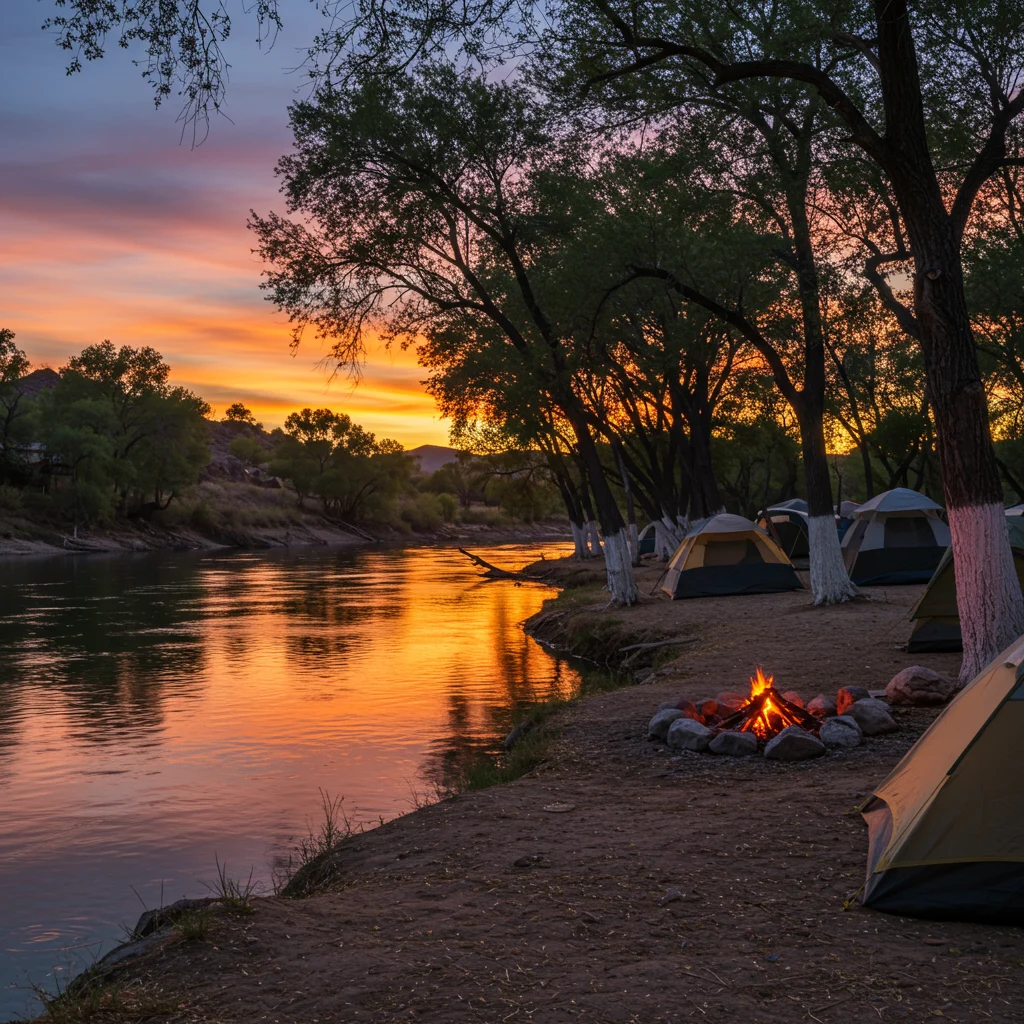
Staying overnight provides early access to the river and the chance to see wildlife during the quieter hours.
Top Campgrounds and Facilities
Popular campgrounds include Usery Mountain Regional Park, Lost Dutchman State Park, and the Coon Bluff Recreation Area. Each offers unique features, from scenic views to hiking trails and wildlife viewing opportunities.
Most sites have potable water, restrooms, and picnic tables. Some require advance reservations, especially during peak season.
Tips for Camping in the Desert
Desert camping requires extra preparation. Bring plenty of water, shade, and layers for temperature changes between day and night.
Store food securely to avoid attracting animals, and use low-impact practices to protect the fragile environment. Always check fire restrictions before lighting campfires.
Family-Friendly Kayaking: Is the Salt River Suitable for Kids?
The Salt River’s calm sections make it a welcoming destination for families and young paddlers. With proper planning and safety precautions, children can enjoy a memorable day on the water.
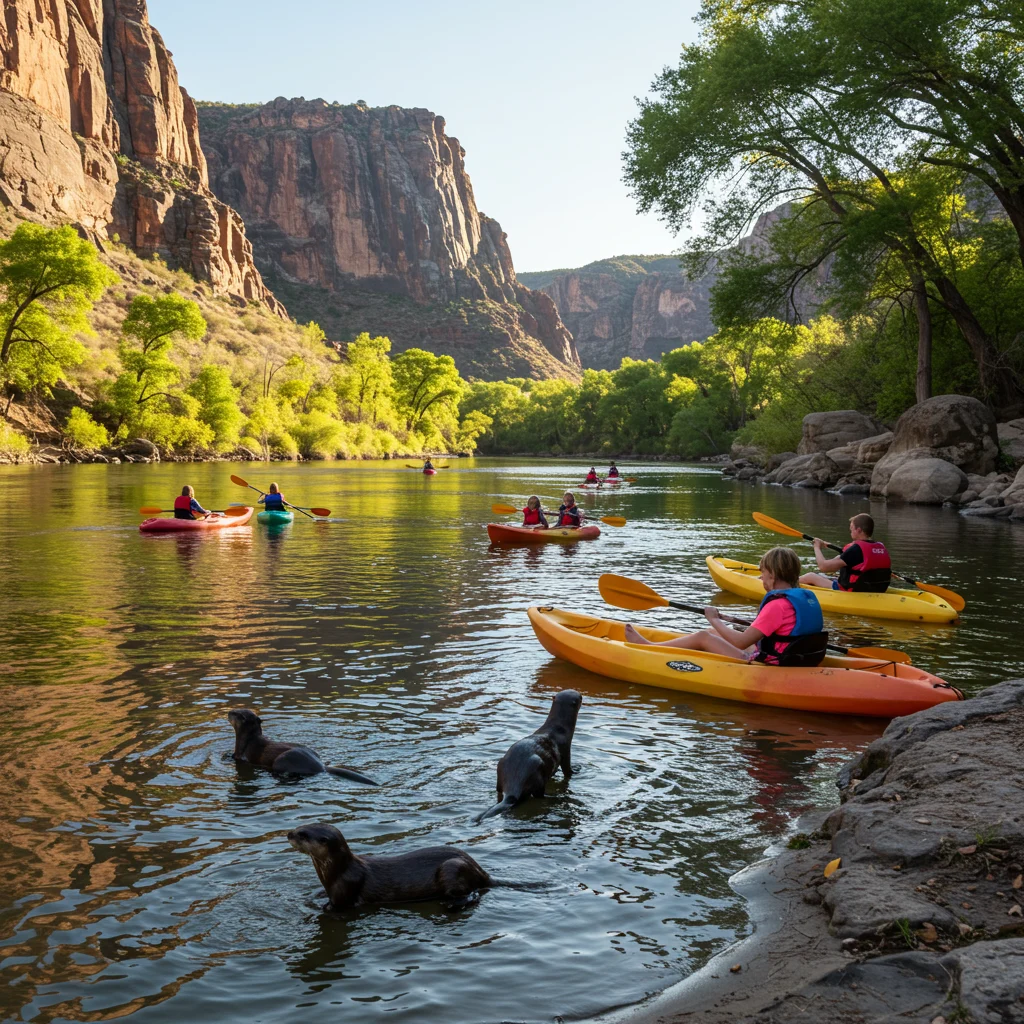
We’ll highlight routes, safety tips, and packing suggestions for families.
Best Routes for Beginners and Families
The Lower Salt River, especially between Water Users and Blue Point, is ideal for families. The gentle current and easy access points make it manageable for first-timers and children.
Shorter routes allow for breaks and flexibility, ensuring that everyone enjoys the experience at their own pace.
Safety Considerations for Young Paddlers
Children should always wear a properly fitted life jacket and remain within arm’s reach of an adult. Sun protection and hydration are especially important for younger paddlers.
Choose a tandem kayak or keep groups small to maintain supervision and communication throughout the trip.
What to Bring for a Family Kayak Trip
In addition to standard gear, pack child-friendly snacks, extra water, and a change of clothes. Bring entertainment such as binoculars or a waterproof camera to keep kids engaged.
Plan for frequent stops and allow time for play along the riverbank. A little flexibility goes a long way toward a successful family outing.
Local Food and Refreshment Options After Your Paddle
After a day in the sun, a good meal is the perfect way to wrap up your Salt River adventure. The area offers a variety of dining options, from casual cafés to picnic-friendly spots.
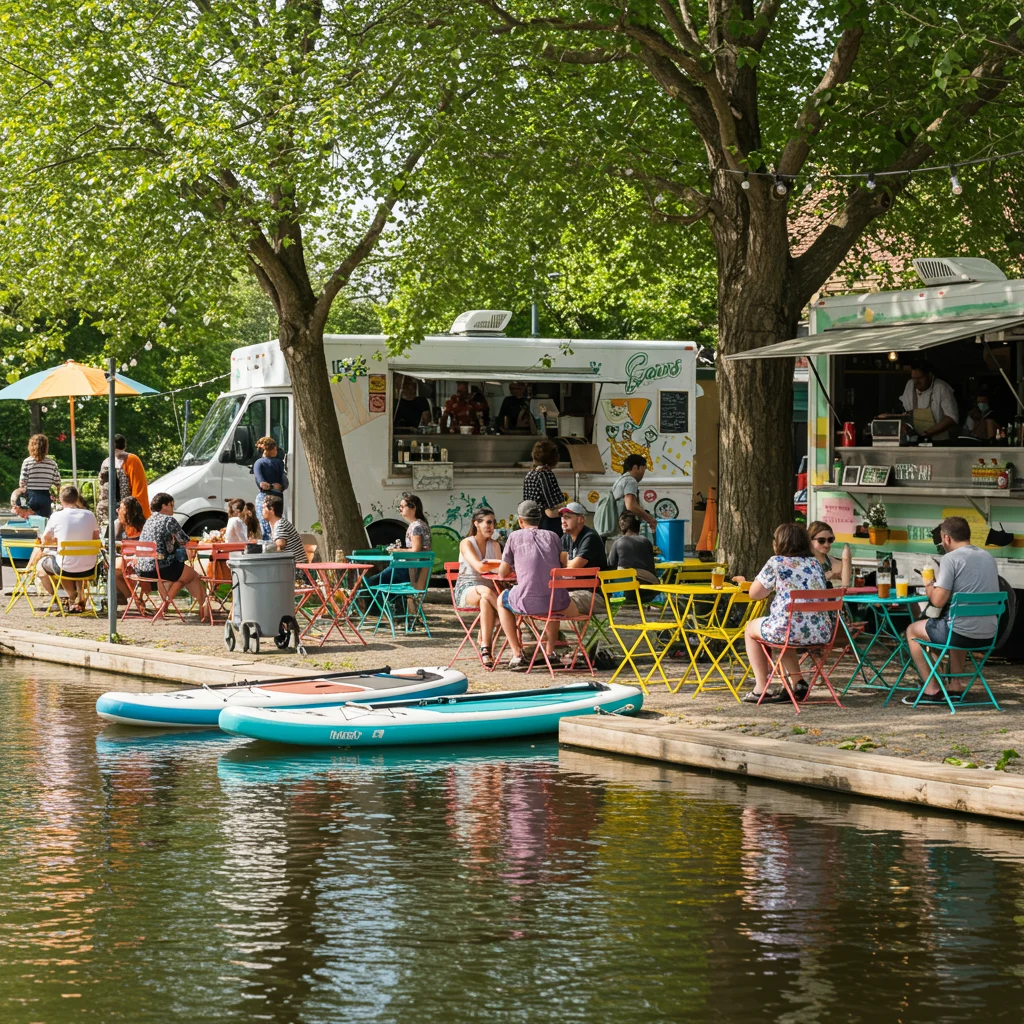
For those interested in culinary adventures elsewhere, our guide to Miami’s vibrant tours beyond the beach covers fantastic food experiences in a different setting.
Nearby Restaurants and Cafés
Several local restaurants in Mesa and Fountain Hills serve hearty fare and cold drinks. Look for spots offering southwestern cuisine, burgers, and ice cream for a satisfying finish to your day.
Many establishments are family-friendly and provide outdoor seating to enjoy the desert air.
Packing Your Own Picnic: What to Include?
For a riverside meal, pack sandwiches, fruit, and snacks that hold up well in the heat. Bring a cooler with plenty of water and electrolyte drinks.
Reusable containers and utensils help reduce waste. Choose a shady spot along the riverbank or at a designated picnic area for a relaxing break.
Frequently Asked Questions About Kayaking the Salt River
Many paddlers have questions about the logistics and safety of kayaking the Salt River. We’ve gathered answers to some of the most common inquiries to help you prepare for your trip.
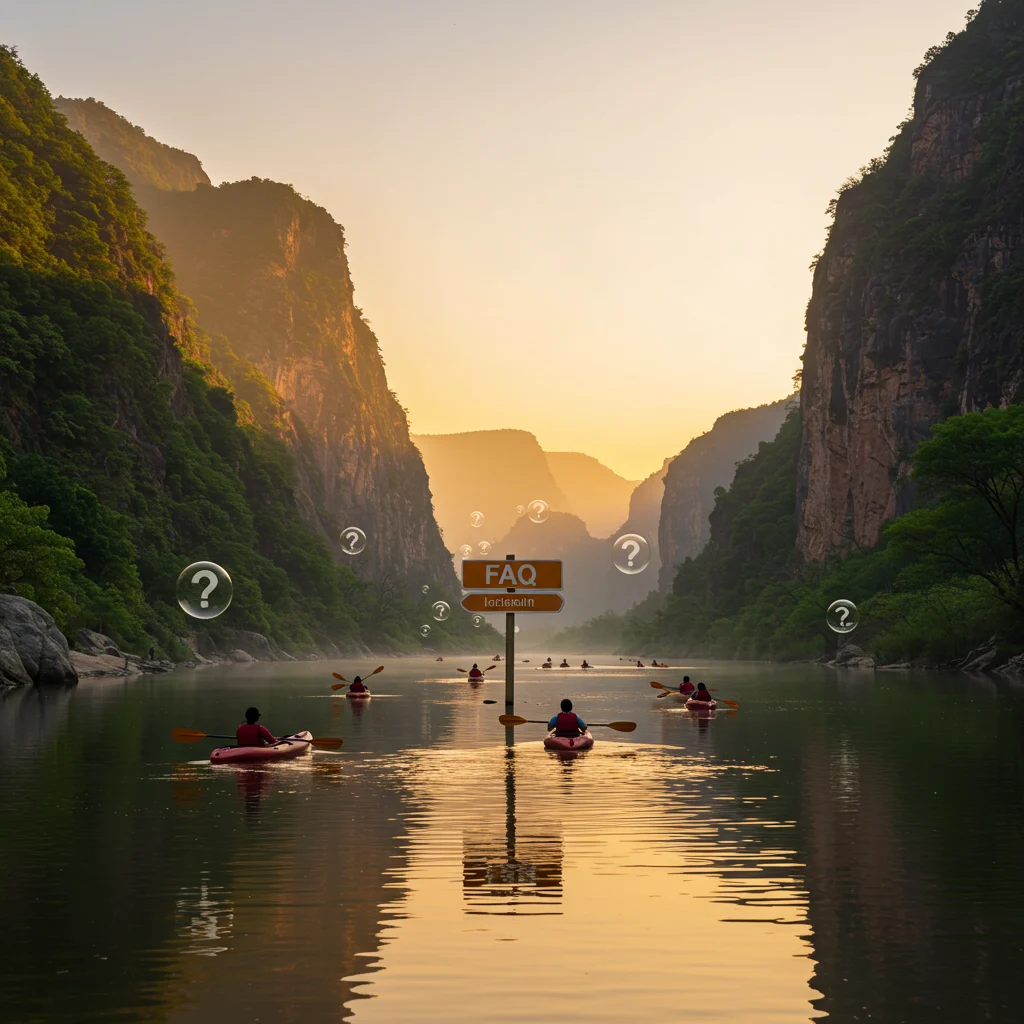
If you’re interested in other water-based activities, our article on how to rent a jet ski and explore provides additional insights for adventure seekers.
Can You Kayak Year-Round?
The Salt River is generally navigable year-round in the lower sections, though water levels may fluctuate based on dam releases and rainfall. Spring and early summer are the most reliable times for kayaking.
Always check current river conditions before planning your trip, as weather and water management can affect access.
Are There Age or Skill Restrictions?
There are no strict age limits, but children should be supervised and capable swimmers. Some rental companies have minimum age requirements for equipment use or guided tours.
Beginners are welcome on the Lower Salt River, while the upper section’s rapids require advanced skills or a guided trip.
What Should You Do If You See a Wild Horse?
If you spot wild horses along the river, observe quietly from a distance. Do not attempt to approach or feed them, as this can be dangerous for both humans and animals.
Take photos from your kayak, and respect the horses’ space to ensure their continued wellbeing.
Conclusion: Embrace the Serenity of the Desert on the Salt River
Kayaking the Salt River offers a peaceful way to experience Arizona’s desert landscapes, abundant wildlife, and rich cultural history. Whether you seek adventure or tranquility, the river provides a memorable setting for outdoor recreation.
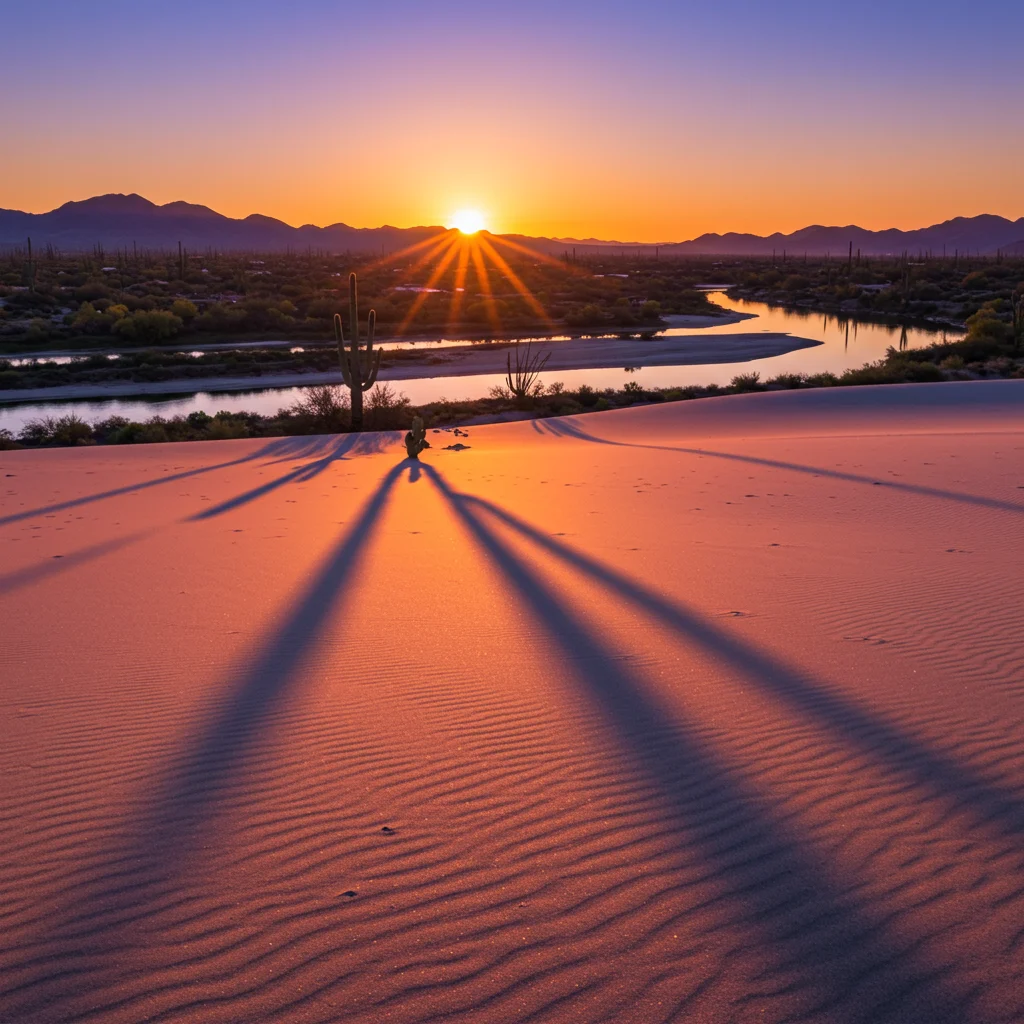
If you’re interested in expanding your adventures, consider reading about jet ski adventures in Miami or, for those who love off-road excitement, check out our guide to the best ATV rides in Houston.
How to Share Your Salt River Kayaking Experience
We encourage you to share your Salt River kayaking experiences with friends, family, and fellow paddlers. Posting photos, writing reviews, and joining local paddling groups can inspire others to enjoy this special place.
For more travel inspiration and expert tips, visit Tour Cuts at tourcuts.com. We hope your next adventure on the Salt River is both safe and unforgettable.

